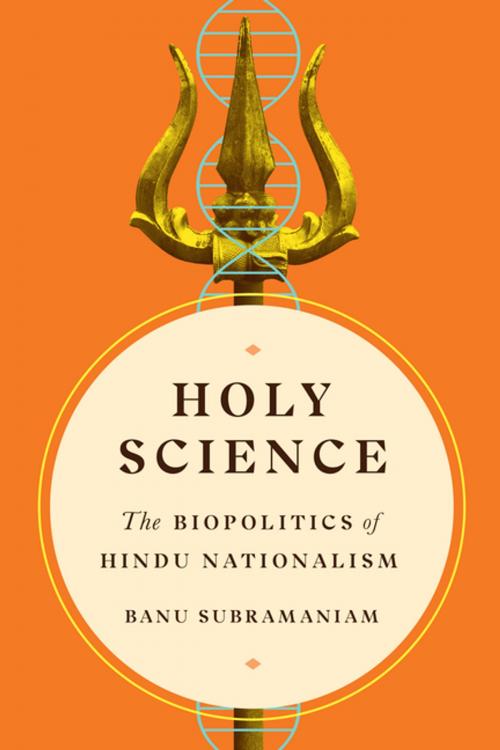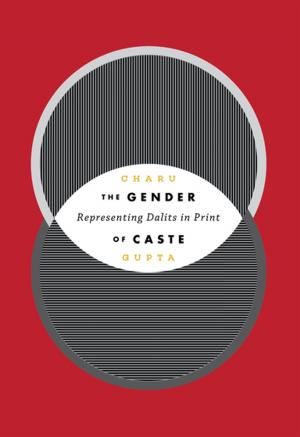Holy Science
The Biopolitics of Hindu Nationalism
Nonfiction, Science & Nature, Technology, Social Aspects, History, Asian, India, Social & Cultural Studies, Political Science, Government, Public Policy| Author: | Banu Subramaniam, Banu Subramaniam, Rebecca Herzig | ISBN: | 9780295745602 |
| Publisher: | University of Washington Press | Publication: | May 10, 2019 |
| Imprint: | University of Washington Press | Language: | English |
| Author: | Banu Subramaniam, Banu Subramaniam, Rebecca Herzig |
| ISBN: | 9780295745602 |
| Publisher: | University of Washington Press |
| Publication: | May 10, 2019 |
| Imprint: | University of Washington Press |
| Language: | English |
In the early 2000s, as India was emerging as a global superpower, a key development project off the southern Indian coast was thwarted by intense opposition. The construction of a new shipping canal angered Hindu nationalists who sought to protect what they saw as the land bridge built by Hanuman and his monkey army in the Indian epic Ramayana. Environmentalists also protested against the canal, claiming that it severely threatened a fragile and globally important ecosystem. As the controversy grew, the religious and environmental arguments converged, reflecting the evolving relationship between science and religion that marks the hypernationalism of the contemporary Hindu right.
Through this case study and others, Banu Subramaniam demonstrates the limitations of the "universality" of science, to reveal how science in postcolonial contexts is always locally inflected and modulated. Evoking the rich mythology of comingled worlds, where humans, animals, and gods transform each other and ancient history, Subramaniam demonstrates how Hindu nationalism sutures an ideal past to technologies of the present by making bold claims about the scientific basis of Vedic civilization and deploying this narrative to consolidate caste, patriarchal, and Hindu power. Moving beyond a critique of this emerging bionationalism, this book explores the generative possibility of myth and story, interweaving compelling new stories of fictionalized beings like the avatars of Hindu mythology into a rich analysis that animates alternative imaginaries and "other" worlds of possibilities.
In the early 2000s, as India was emerging as a global superpower, a key development project off the southern Indian coast was thwarted by intense opposition. The construction of a new shipping canal angered Hindu nationalists who sought to protect what they saw as the land bridge built by Hanuman and his monkey army in the Indian epic Ramayana. Environmentalists also protested against the canal, claiming that it severely threatened a fragile and globally important ecosystem. As the controversy grew, the religious and environmental arguments converged, reflecting the evolving relationship between science and religion that marks the hypernationalism of the contemporary Hindu right.
Through this case study and others, Banu Subramaniam demonstrates the limitations of the "universality" of science, to reveal how science in postcolonial contexts is always locally inflected and modulated. Evoking the rich mythology of comingled worlds, where humans, animals, and gods transform each other and ancient history, Subramaniam demonstrates how Hindu nationalism sutures an ideal past to technologies of the present by making bold claims about the scientific basis of Vedic civilization and deploying this narrative to consolidate caste, patriarchal, and Hindu power. Moving beyond a critique of this emerging bionationalism, this book explores the generative possibility of myth and story, interweaving compelling new stories of fictionalized beings like the avatars of Hindu mythology into a rich analysis that animates alternative imaginaries and "other" worlds of possibilities.















